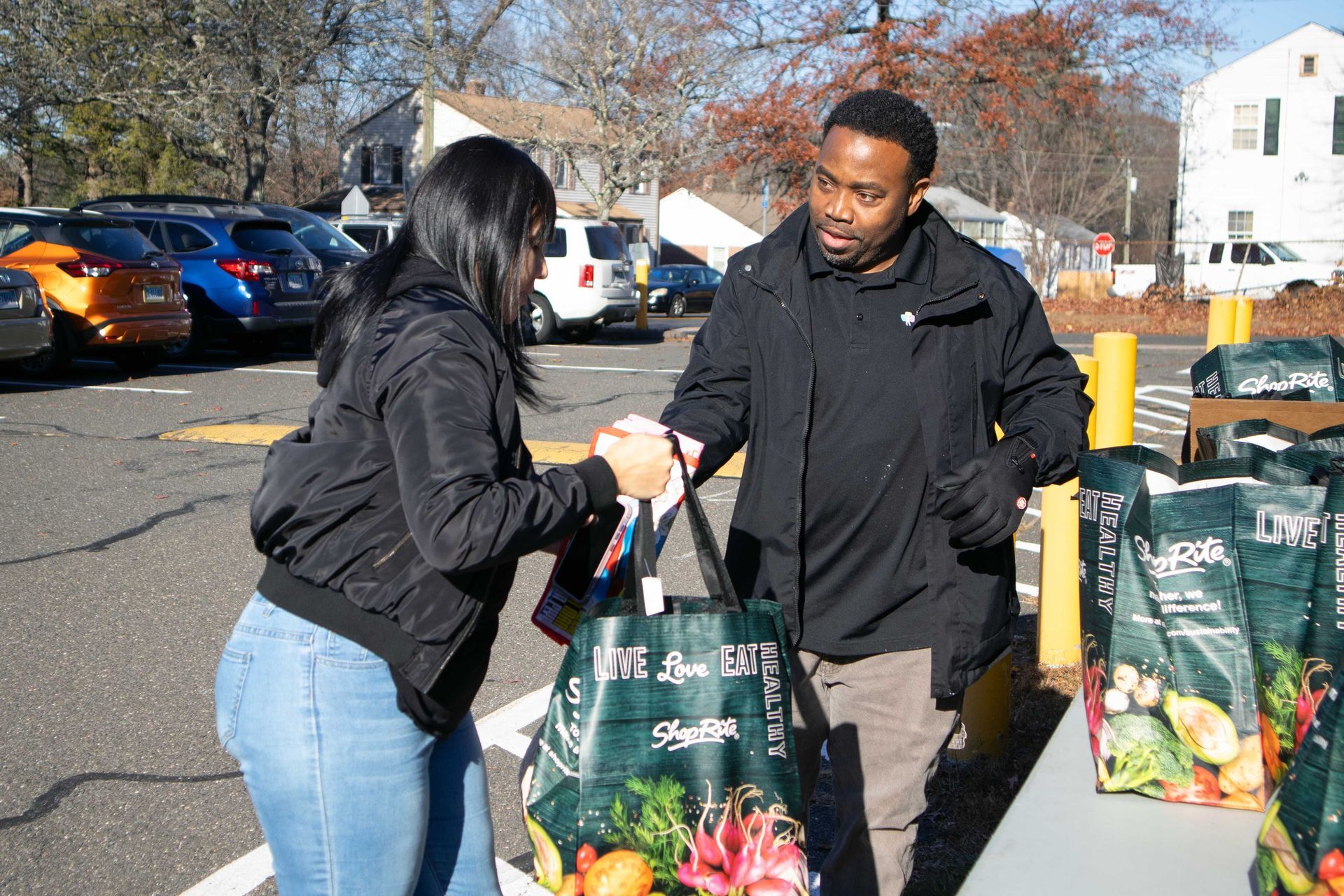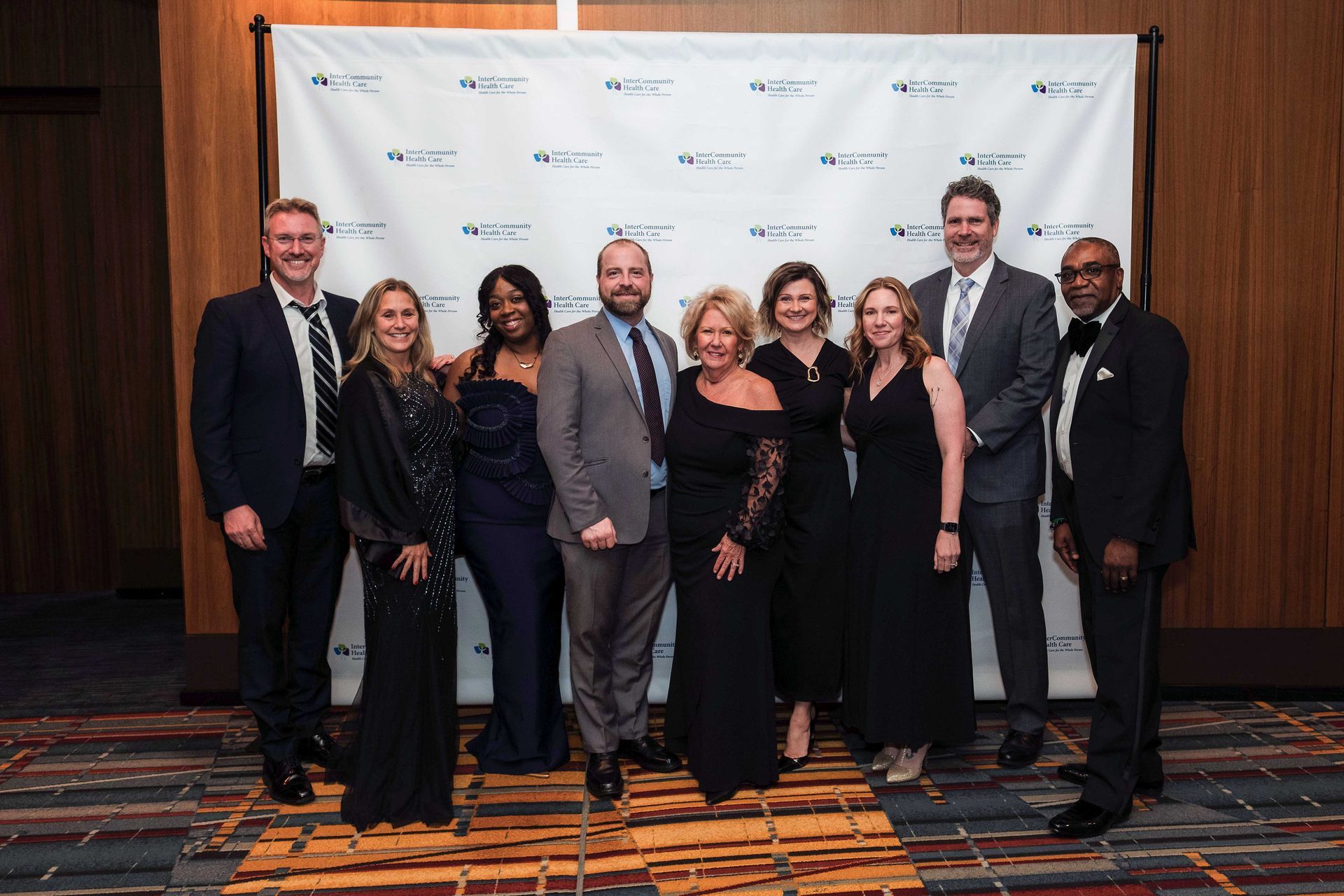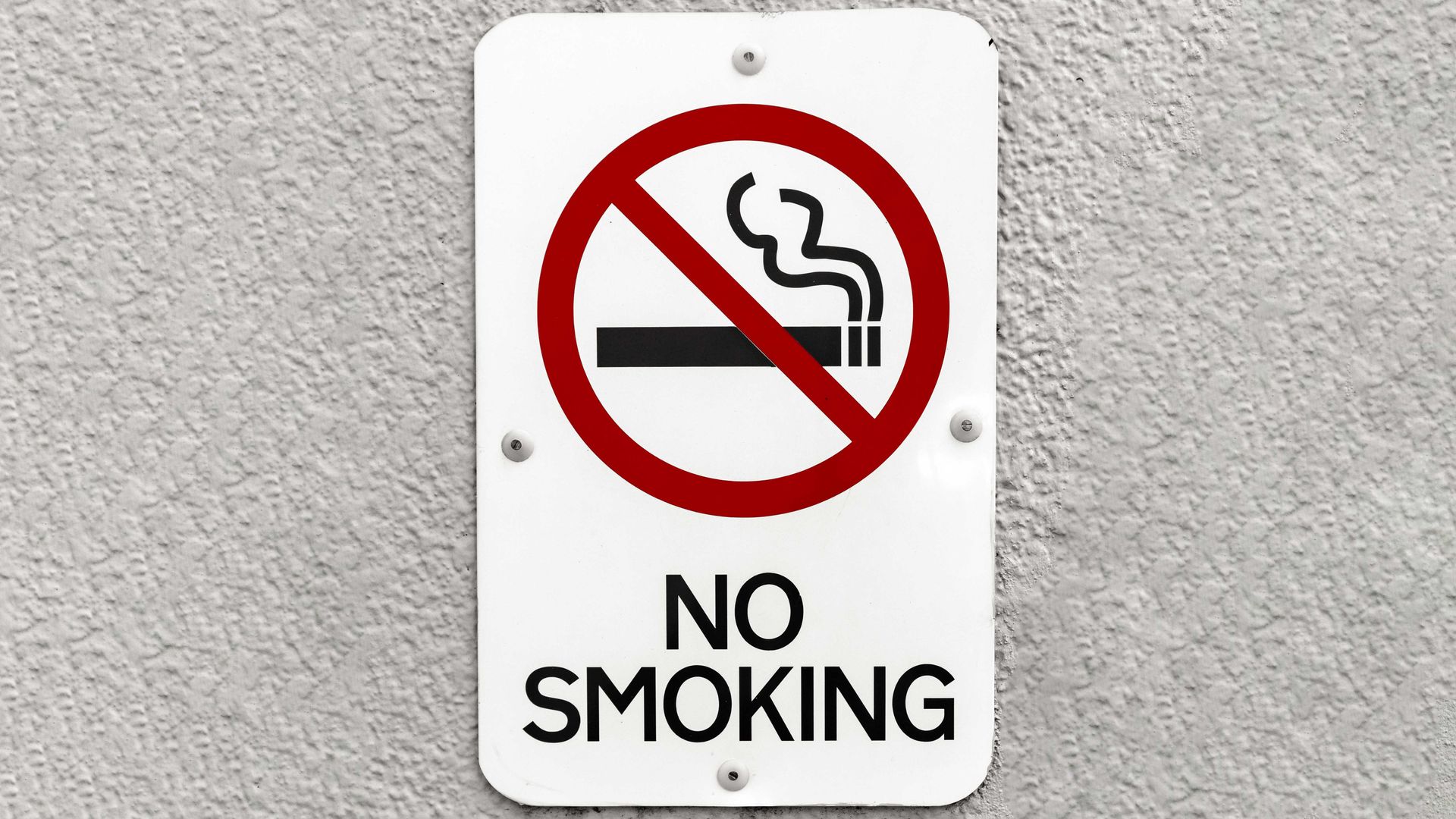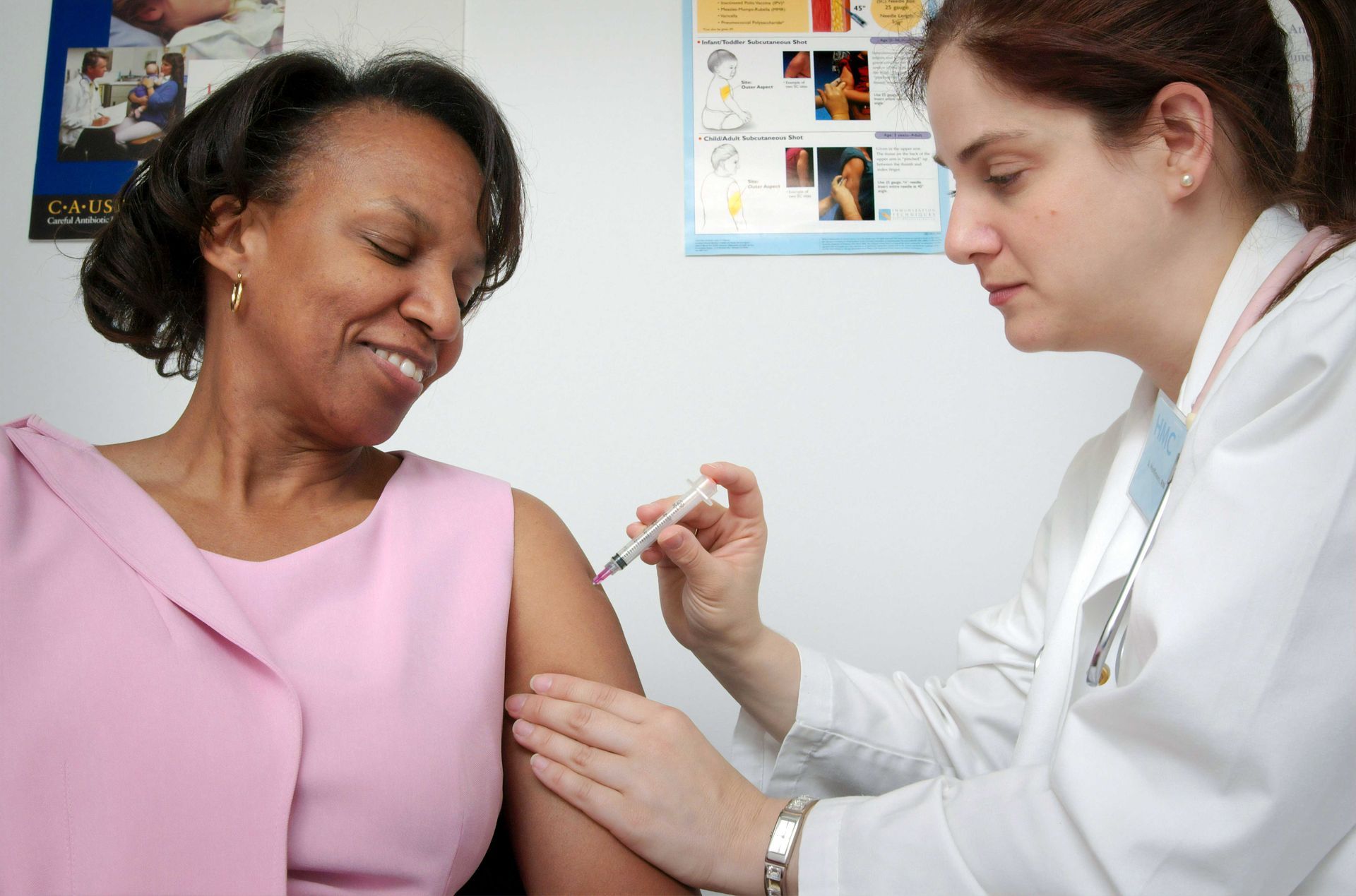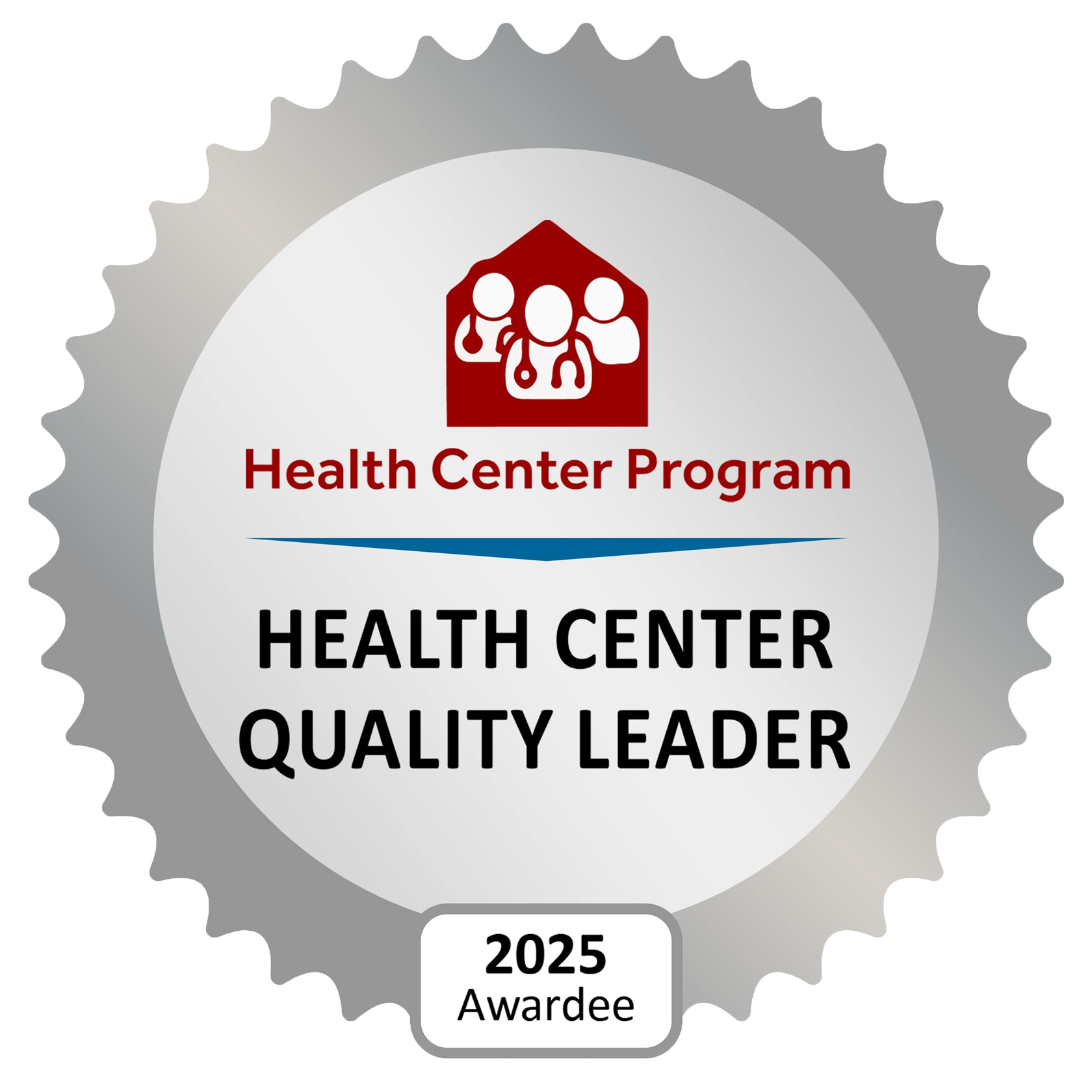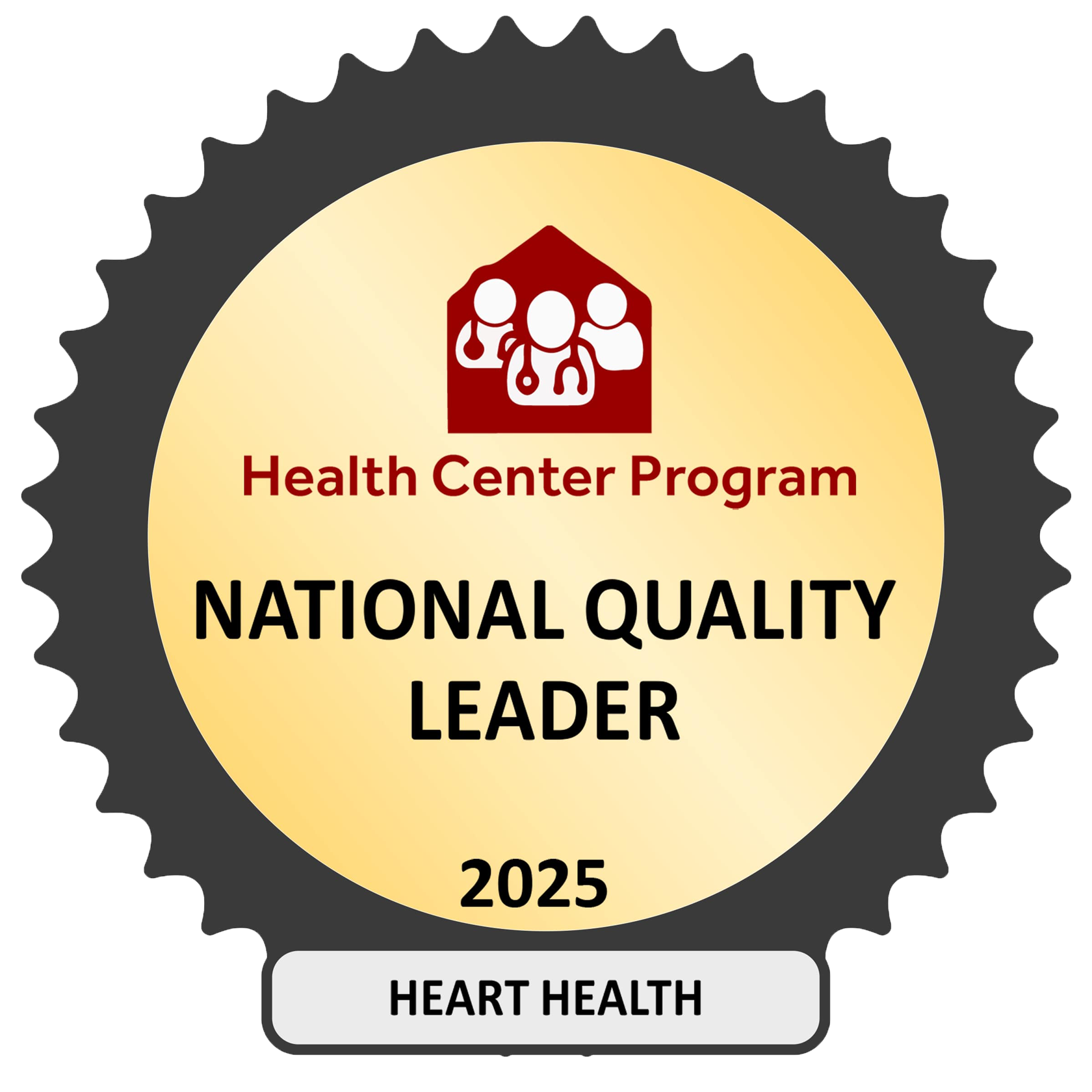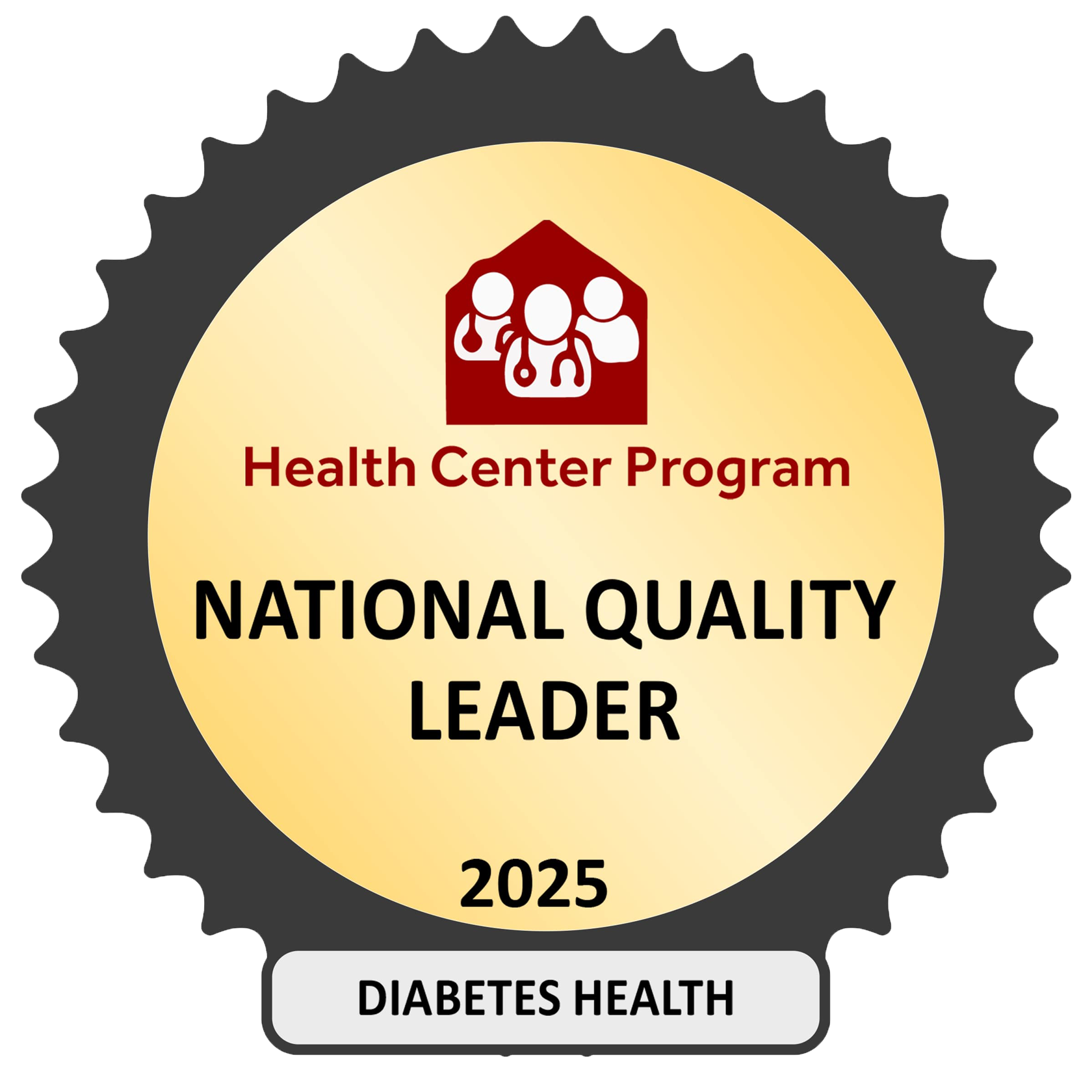Opioid Overdose
Opioids can dull the senses as well as induce relaxation and euphoria. Opioids slow down breathing and heart rate. In high doses, opioids depress the body’s natural urge to breathe. When someone is having an overdose, they can stop breathing and may die. Even if a person does not die from overdose, they can sustain brain damage. If you cannot get a response from someone, do not assume they are asleep. Unusual or deep snoring is a common sign of overdose. Don’t let people at risk ‘sleep it off.’
Overdose is more likely to occur when:
-The person uses alone
The person mixes opioids with alcohol and other drugs
-The person’s tolerance is low because they haven’t used recently
-The person has a chronic disease (HIV/AIDS, Hepatitis C, COPD), or an illness (pneumonia, flu)
Sometimes it can take hours for someone to die from an overdose of opioids. Action taken as soon as possible could save a life. Signs of overdose can include:
-No response to stimuli
-Shallow / stopped breathing
-Can’t be woken up
-Unusual snoring / gurgling sounds
-Blue lips / fingertips
-Floppy arms and legs
Naloxone is a medicine that rapidly reverses an opioid overdose. It is an opioid antagonist. This means that it attaches to opioid receptors and reverses and blocks the effects of other opioids. Naloxone can quickly restore normal breathing to a person if their breathing has slowed or stopped because of an opioid overdose. But, naloxone has no effect on someone who does not have opioids in their system, and it is not a treatment for opioid use disorder.
The post Opioid Overdose appeared first on InterCommunity.

